When people hear “CRM,” their first thought is usually sales pipelines — tracking leads, updating deal stages, and forecasting revenue. While that’s part of it, customer relationship management is much bigger. Real relationships aren’t just numbers on a dashboard. They’re conversations, documents, shared knowledge, goals, and actions that carry a customer from first contact through long-term partnership.
This is why companies searching for the best project management tools often find themselves looking for something more. Managing tasks alone isn’t enough. What’s needed is a system that blends daily work with customer care. Lark delivers that by combining productivity tools with CRM principles, giving organizations the ability to support relationships at every stage, not just in sales.
Keeping communication connected with Lark Mail
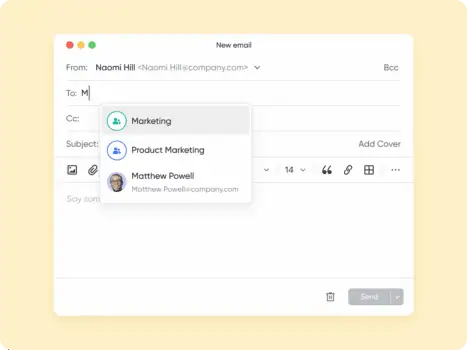
Customer relationships often begin in the inbox. Proposals, questions, and negotiations flow through email, but they become inefficient when separated from the rest of the team’s workflow. Lark Mail solves this by placing business email inside the same environment where work happens.
Users can schedule messages, request read receipts, or even recall emails. More importantly, they can share emails directly into Messenger Groups so teammates can discuss the message instantly. Instead of one manager forwarding threads endlessly, the whole team sees the client’s request and contributes to the response. By linking external communication to internal collaboration, Lark Mail keeps relationships from stalling.
Turning updates into alignment with Lark Messenger
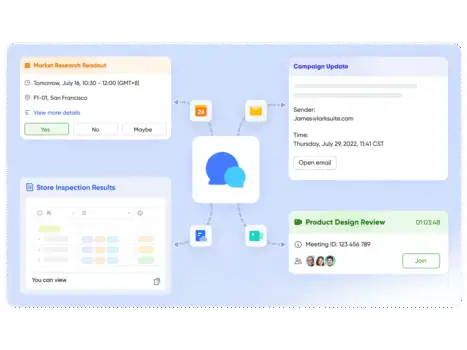
Once contact moves beyond email, teams need fast and reliable updates. Messenger provides the space for that. Groups dedicated to accounts or projects centralize every message, so no one has to dig through inboxes to catch up.
Features like threaded replies keep conversations organized, while the “Buzz” function ensures urgent issues get attention without delay. File sharing, reactions, and search make it easy to bring context into the conversation. For customer-facing teams, Messenger guarantees responsiveness. For internal teams, it reduces friction and prevents details from slipping away. Together, these benefits extend CRM beyond sales, turning every interaction into part of the relationship record.
Building knowledge foundations with Lark Docs
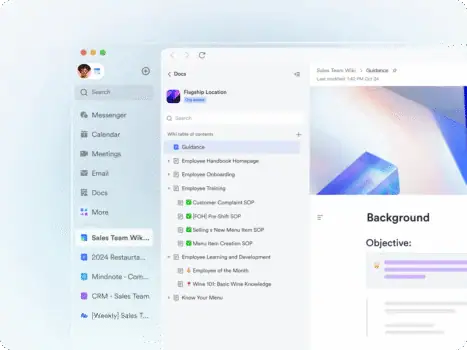
Relationships rely on memory, but human memory fails. Without a record, teams forget agreements, miss details, and repeat mistakes. Lark Docs offers a solution by letting teams co-create proposals, project briefs, or policy documents in real time.
Instead of passing attachments back and forth, everyone works in the same living file. Version history preserves accuracy, while permissions protect sensitive client data. For account managers, this means always having the latest document. For customers, it shows professionalism and clarity. Docs transforms collaboration into a knowledge asset that directly supports long-term relationships.
Preserving client intelligence with Lark Wiki
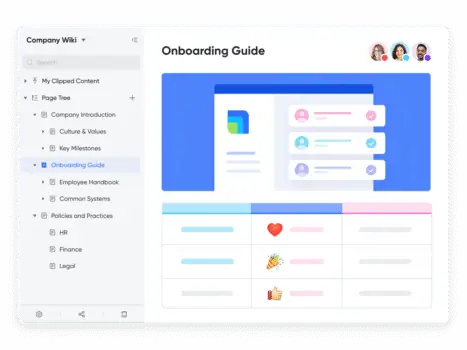
Docs capture what’s in progress. Wiki preserves what’s settled. That distinction makes Wiki invaluable for customer-facing organizations. Once client guides, onboarding instructions, or case studies are finalized, they move into Wiki. From there, they stay searchable, organized, and available to the entire team.
When new employees join, they don’t have to ask the same questions about how to handle a customer. They consult the Wiki and see the answers instantly. When clients ask about best practices, staff rely on Wiki pages that have already been vetted. This consistency shows customers that the organization is dependable, reducing friction in every interaction.
Setting shared goals with Lark OKR
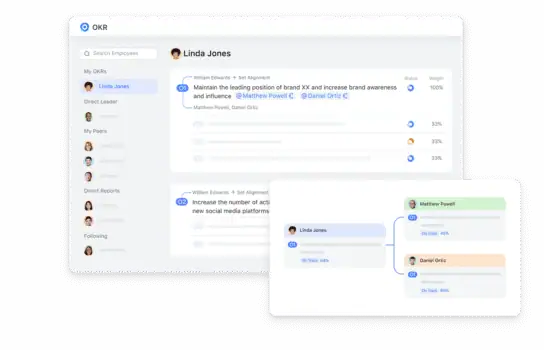
Customer relationships aren’t only about communication. They’re about promises kept. Lark OKR helps ensure those promises remain visible. Teams define objectives, set measurable key results, and align them across departments.
For example, a customer success team may set an objective to raise renewal rates. The related key results — such as improved response times or higher onboarding satisfaction — are tracked transparently. Sales can see the progress, leadership can monitor alignment, and customers benefit from goals that are clearly tied to their experience. That’s what makes Lark different from a traditional CRM app. It extends customer management into organizational accountability.
Capturing commitments with Lark Meetings
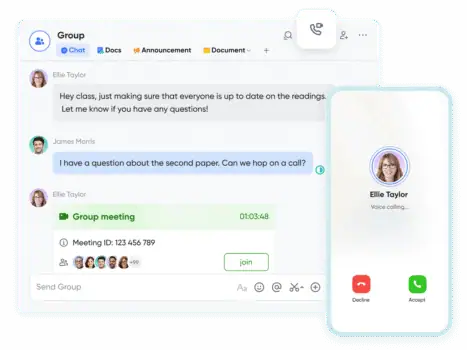
Client relationships often pivot around meetings: kickoff calls, quarterly reviews, renewal discussions. Too often, these sessions end with vague notes and forgotten follow-ups. Lark Meetings eliminates that risk by creating clarity.
During calls, teams can co-edit Docs with Magic Share, brainstorm on a shared whiteboard, or use breakout rooms for smaller discussions. Meetings are recorded with permissions, and notes are automatically generated and stored in Docs. The result is that nothing vanishes after the call. Every decision and commitment becomes part of the record, giving teams a reliable reference point for future action.
Simplifying client approvals with Lark Approval
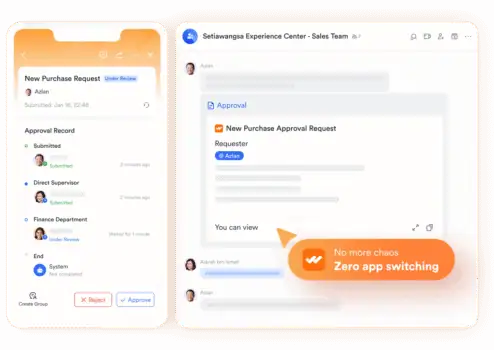
Sales teams and account managers know the pain of waiting on approvals. Whether it’s a contract exception, a budget change, or a service adjustment, delays slow momentum and frustrate customers. Lark Approval shortens this cycle.
Teams create forms with conditions and steps that route requests automatically. Notifications appear in Messenger, and decisions are logged for traceability. Instead of chasing sign-offs, managers see exactly where approval stands. Customers feel the difference when they get answers in hours rather than days. Approval transforms a hidden bottleneck into an automated workflow.
Conclusion
Time saved is valuable, but automation is about more than speed. By automating reminders, approvals, notes, and communication, Lark reduces errors, protects commitments, and creates a predictable rhythm that customers can count on.
Email connects to chat, meetings flow into documented notes, approvals route to the right people, and goals stay visible across teams. It all adds up to a system where customer relationships don’t depend on memory or scattered tools. They are supported by structure. With Lark, consistency is built into the way teams work.

